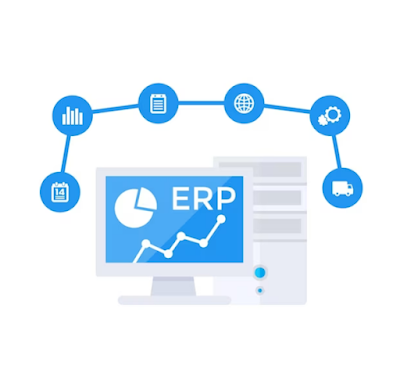How to Build an E-commerce Website from Scratch
Building an e-commerce website from scratch can be a daunting task, but it doesn't have to be. With the right tools and guidance, anyone can create a successful online store. In this blog, we'll take you through the steps to build an e-commerce website from scratch.
Step 1: Choose Your E-commerce Platform
The first step in building an e-commerce website is choosing your platform. There are many e-commerce platforms available, including Shopify, WooCommerce, and Magento. Each platform has its own strengths and weaknesses, so it's important to choose the one that's right for your business.
Some factors to consider when choosing your platform include:
Cost: How much does it cost to use the platform? Are there any hidden fees?
Ease of Use: Is the platform easy to use and navigate?
Customizability: How customizable is the platform? Can you add custom features and functionality?
Scalability: Is the platform able to handle the growth of your business?
Support: What kind of support does the platform offer? Is it available 24/7?
Once you've chosen your platform, you can move on to the next step.
Step 2: Choose Your Domain Name and Hosting
Your domain name is your website's address on the internet. It's important to choose a domain name that's memorable, easy to spell, and reflects your brand. Your hosting is where your website will be stored and accessed by users. There are many hosting providers available, so it's important to choose one that's reliable and affordable.
Step 3: Design Your Website
Once you've chosen your platform and hosting, it's time to design your website. Your website's design should be visually appealing, easy to navigate, and reflect your brand. Your e-commerce platform should have pre-made templates that you can use as a starting point, or you can hire a designer to create a custom design for you.
Some elements to consider when designing your website include:
Color Scheme: Choose a color scheme that reflects your brand and is easy on the eyes.
Navigation: Make sure your website's navigation is intuitive and easy to use.
Product Pages: Your product pages should be easy to read and include high-quality images.
Checkout Process: Your checkout process should be streamlined and easy to use.
Step 4: Add Products to Your Website
Once you've designed your website, it's time to add products to your online store. Your e-commerce platform should have an easy-to-use product management system that allows you to add, edit, and remove products from your website. When adding products, make sure to include detailed descriptions, high-quality images, and pricing information.
Step 5: Set Up Payment Processing
In order to accept payments on your website, you'll need to set up payment processing. Your e-commerce platform should have built-in payment processing options, such as PayPal or Stripe. Make sure to choose a payment processor that's secure, reliable, and easy to use.
Step 6: Launch Your Website
Once you've added products and set up payment processing, it's time to launch your website. Before launching, make sure to test your website thoroughly to ensure that everything is working properly. Once you're confident that your website is ready, you can launch it and start promoting it to potential customers.
Step 7: Market Your Website
In order to drive traffic to your website and generate sales, it's important to market your website effectively. Some effective marketing strategies for e-commerce websites include:
Social Media Marketing: Use social media platforms like Facebook and Instagram to promote your products and engage with potential customers.
Search Engine Optimization (SEO): Optimize your website for search engines to improve your visibility in search results.
Email Marketing: Build an email list and send targeted email campaigns.




Comments
Post a Comment